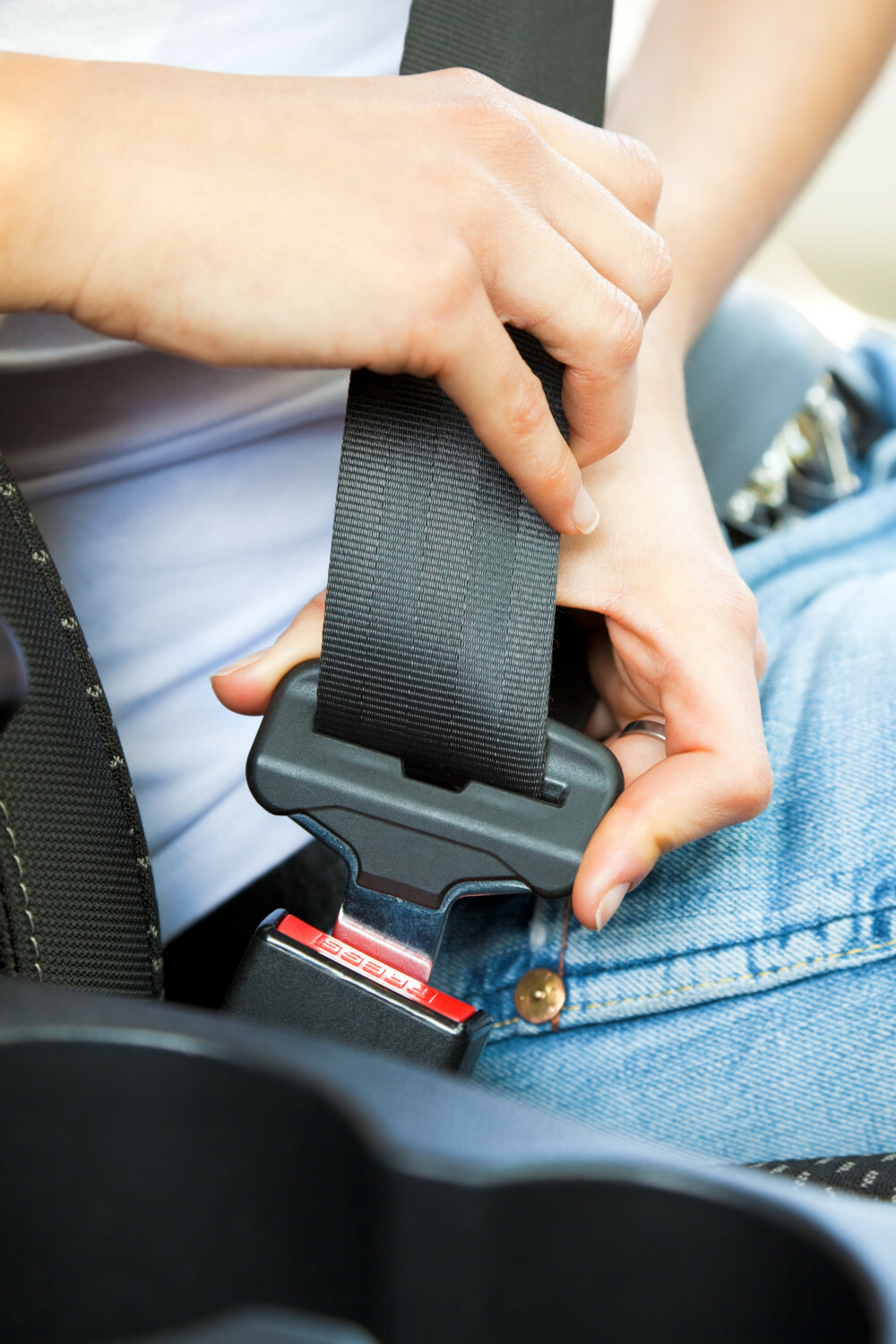Students from the Warsaw University of Technology have developed a seatbelt buckle that allows the seatbelt to be undone even when the standard mechanism breaks down. The idea came about after the tragic death of Paul Walker, the actor known for the ‘Fast and Furious’ series.
‘One of the most plausible hypotheses is that he died in a burning car because he could not unbuckle himself from his seat belt’, says Mateusz Wiśniewski, one of the three authors of the idea.
More than 50,000 people, unable to get out of their vehicle because their seat belts are jammed, die every year in car accidents. Until now, the only known solution has been belt cutters, which unfortunately are very difficult to use effectively without proper preparation and in a stressful situation.
In response to this problem, three students from the Warsaw University of Technology: Mateusz Wiśniewski from the Mechanical Power and Aeronautics Faculty, Maciej Małecki from the Electrical Faculty and Hubert Hektus from the Car and Working Machinery Faculty developed a buckle that allows emergency release from seat belts. They worked on the idea for two years. On a 3D printer, they produced a prototype buckle in plastic, as well as a metal model. Analysis and strength tests were carried out by scientists from the Białystok University of Technology.
During the tests, the innovative buckle withstood an overload of approximately 7,000 N, or more than 700 kg. The deformation produced during the strength tests on the machine in the laboratory coincided with the results obtained from the numerical analysis.
“The operation of the buckle is very simple. With a single flick of the wrist, users, regardless of age, experience or skill, can free themselves from a jammed seat belt. Approximately 80 million cars are manufactured worldwide each year. Our buckle can be fitted to each of them, and the automotive industry is just one of the industries that can benefit from our solution”, the authors explain.
Arkadiusz Słomczyński





